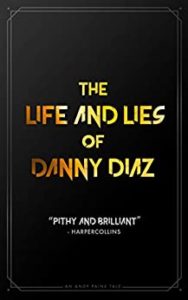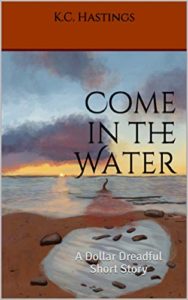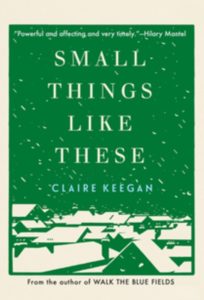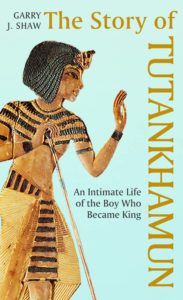
Hosted by Long and Short Reviews.
Click here to read everyone else’s replies to this week’s question and to read everyone else’s replies to this week’s question and here to see the full list of topics for the year.

This isn’t Champis, but it does look a lot like him. (The actual photos of him can be found in the links in this post).
This video was created by a Finnish farmer, but it doesn’t matter whether or not you can speak that language.
About 11 years ago, Champis was a rabbit who lived on a quiet farm in Finland. One day Champis decided to start herding sheep, and his humans soon made a video about his adventures in the sheep pen: Champis – den vallande kaninen*
(YouTube wouldn’t let me embed the video, but the link above should take you to it. The video is about five minutes long).
Nobody trained Champis to behave this way, and it’s not typical behaviour for a rabbit. His humans were just as surprised as the rest of the world was.
What makes it even funnier is that Champis’ son, Champis Junior, eventually became a sheep herder as well.
You all know how much I love rabbits. I have all sorts of videos, gifs, and photos of rabbits doing interesting things tucked away for when I need something to make me smile. This is one of my all-time favourites.
*Kaninen means rabbit in Finnish. Online translation pages haven’t been able to tell me what den vallande means, so please share if you know of a good translation for it.
Edit: Thank you to Judy Thomas for sharing this translation: “Vallande translates to herding, I found… so probably, Champis, the herding rabbit.”


 Here are some of the things that make me instantly want to read a book.
Here are some of the things that make me instantly want to read a book. Title: The Life and Lies of Danny Diaz
Title: The Life and Lies of Danny Diaz I’ve answered similar questions here in the past, so some of this may be a repeat for those of you who have read my blog for a while.
I’ve answered similar questions here in the past, so some of this may be a repeat for those of you who have read my blog for a while. 1. Beautiful Weather
1. Beautiful Weather Title: Come in the Water
Title: Come in the Water I have only occasionally developed crushes throughout my life, so I had to dig deeply for this post.
I have only occasionally developed crushes throughout my life, so I had to dig deeply for this post.

 This week’s prompt was “
This week’s prompt was “



 Title: Building Beauty
Title: Building Beauty